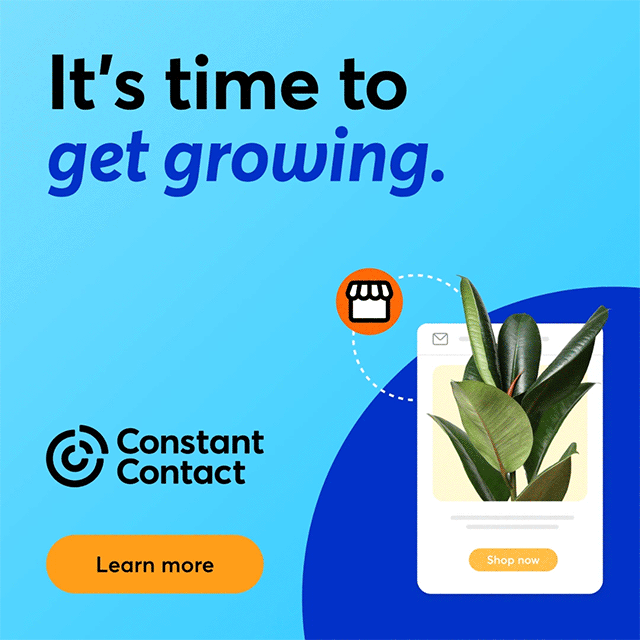Successful crowdfunding is not a science, it's an art, a knack. You have to convince strangers that your idea is worth doing and you have to convince them enough that they vote with their wallets. A study of 400,000 crowdfunding campaigns conducted by HiveWire and Shopify provides some insights.
What Are The Steps To Winning At Crowdfunding?
 First of all, Kickstarter is by far the largest crowdfunding site, drawing 5.5 million unique visitors in one month, compared to the second biggest draw, Indiegogo which draws 2.3 million visitors in a month. Name recognition of the crowdfunding site and higher online traffic translates to greater likelihood of success. More than 43 percent of Kickstarter's campaigns are successful, compared to between 10 percent and 17 percent of Indigogo's.
First of all, Kickstarter is by far the largest crowdfunding site, drawing 5.5 million unique visitors in one month, compared to the second biggest draw, Indiegogo which draws 2.3 million visitors in a month. Name recognition of the crowdfunding site and higher online traffic translates to greater likelihood of success. More than 43 percent of Kickstarter's campaigns are successful, compared to between 10 percent and 17 percent of Indigogo's.
If the campaign owner opts for the “flex funding” option (where the owner gets the amount of money raised even if the goal is not reached) success rates are significantly lower. The “fixed funding” option (where the owner receives funds only if the goal is reached) yields higher success rates.
Some Suggestions Are Clear From The Data.
- Put your campaign on the largest crowdfunding site, namely Kickstarter.
- Opt for the “fixed funding” option given a choice. Then set realistic goals.
- Keep in mind that the “flex funding” option available at Indiegogo will award you for any funds raised (minus fees) but the “fixed funding” option will mean that you could be just short of a declared goal and get nothing.
Crowdfunding was originally developed as a way of funding theatrical and artistic productions. That legacy is still predominant in terms of the success of crowdfunding campaigns. By far, the largest proportion of successful crowdfunding is among theatrical, film, dance, music, comic book arts, and art projects. Much smaller proportions of small business, social, lifestyle, and technology projects succeed.
Microfinance Tradition Especially In The Arts:
The crowdfunding idea draws a lot of its energy from the microfinance philosophy which has been so useful in supporting small business starts in developing economies. That idea of small levels of community support still prevails. Smaller crowdfunding projects have a much higher likelihood of success than larger campaigns. On Kickstarter, 61 percent of projects under $1,000 received funds (20% of Indiegogo), whereas fewer than 25% of projects looking for between $20,000 and $100,000 received funds on Kickstarter (under 3 percent on Indiegogo). Success for really large projects is comparatively rare.
- Your chances of success are greater if you propose projects in the arts.
- You have much better chances of success if your project demands are small.
Crowdfunding should not be your first source of money. You have to instill confidence in your project. There is no greater validation than having independent funding already committed.
When setting your goals, don't confuse how much money you would like to raise with how much you actually need to fund your project. The funding goal should always be completely realistic in terms of the amount you are confident you can reach. Aim to surpass your formal goal in the first days of your campaign. Being a winner will attract more backers.
Passion And Clarity:
The most successful campaigns are those that solve real problems. The goal, be it altruistic or practical, can impassion people. The least effective campaigns are those whose goal is not clearly communicated. This is a world of soundbites and tweets. You have to grab the consciousness of the online community (and often their conscience) with brevity, boldness and precision.
- It's better not to rely on crowdfunding as your only funding source.
- Use your independent funders as a source of assurance in your presentation.
- Strongly and clearly state your goals.
- Present projects that have clear benefits to the public or address clear needs.
- Make your statements brief, bold, and precise.
Virtually everyone agrees that a video should be at the core of your appeal for crowdfunding. The video should be under four minutes long and should give a clear argument for your project.








